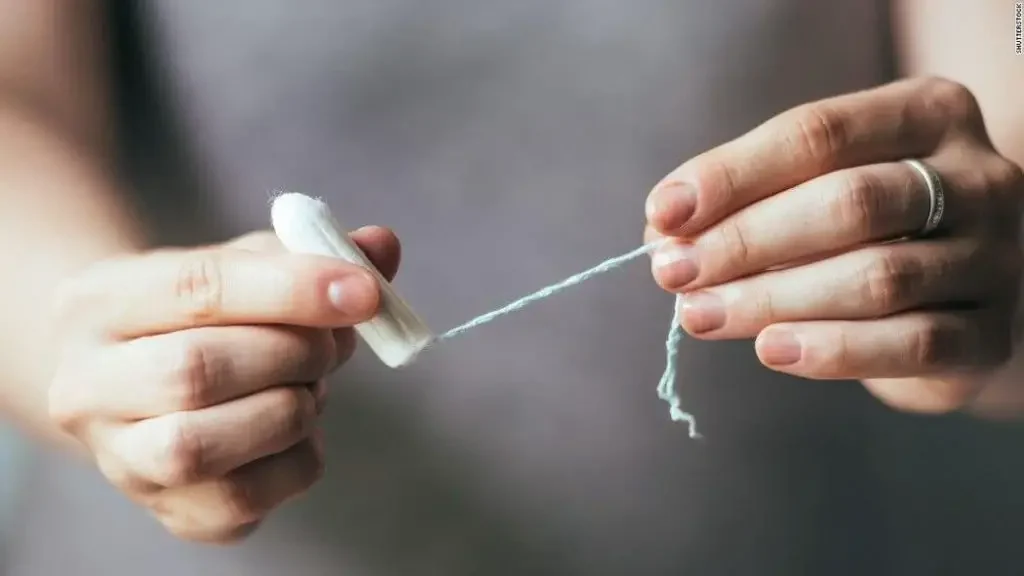It is a heartbreaking scenario for just about any parent to find that their child has passed away.
Even worse still is when the cause of it takes up to a year for a proper diagnosis!
Until then, how can a family possibly have any sense of closure, of understanding how such a tragic event came to be?
It would be no surprise to find out the parent had ended up agonizing over what mistakes they could have made that had led to such a scenario.
Thankfully for Sara Manitoski’s parents, at least it can now be understood it wasn’t through any direct action of their own.
Unfortunately, the loss of their daughter’s life was caused by a lack of public knowledge and understanding on how Toxic Shock Syndrome, or TSS, came to be.

An infection of staph bacteria that became embedded in mainstream awareness in the late 70s and early 80s, TSS arose to preeminence for all the wrong reasons.
This is because it became associated with the deaths of several young women who were wearing a brand of tampons that were eventually removed from the market.
As it turns out, tampon manufacturers at the time came up with a super-absorbent material that promised to be revolutionary in the industry.
The absorbency of this material, however, came with a price – for reasons still unknown, tampons made of this material became the perfect place for staph bacteria to flourish.

This problem is then compounded by the fact that a tampon makes micro-scratches where it comes into contact with the vulnerable inner membrane of the vagina, allowing the overgrowth of staph bacteria to easily get into the bloodstream.
The result – the fatal infection known as TSS.
You would have assumed that since the deaths of several young women, the industry would have striven to make tampons safer to wear.
This, sadly, is not the case, as Sara Manitoski’s death proves.
Although the infection is considered rare, affecting only one in every 100, 000 people in America (a statistic that includes non-tampon-related incidents, such as infections from surgical wounds), this is still a major issue.

An issue, as it turns out, that is still taking lives. Canadian Sara Manitoski was only 16-years-old when she died from TSS, on an overnight school trip to a location near Vancouver Island.
No one had initially noticed anything amiss with Sara that morning – her friends had left early for breakfast, assuming she wanted to sleep in.
It was only upon their return did they notice something was wrong – Sara’s alarms were all going off, and she still wasn’t up.
The paramedics were brought in to perform CPR, but by then it seems as if it was too late.
A year later, the coroner’s report revealed that a strain of staph bacteria was not only found on Sara’s tampon, but her body exhibited other symptoms of the infection too.

Since then, Sara’s sister has sought to raise awareness over the dangers of prolonged tampon use, and the fatality of TSS.
Hopefully, no one else will ever have to go through the same fate as the Manitoskis.
